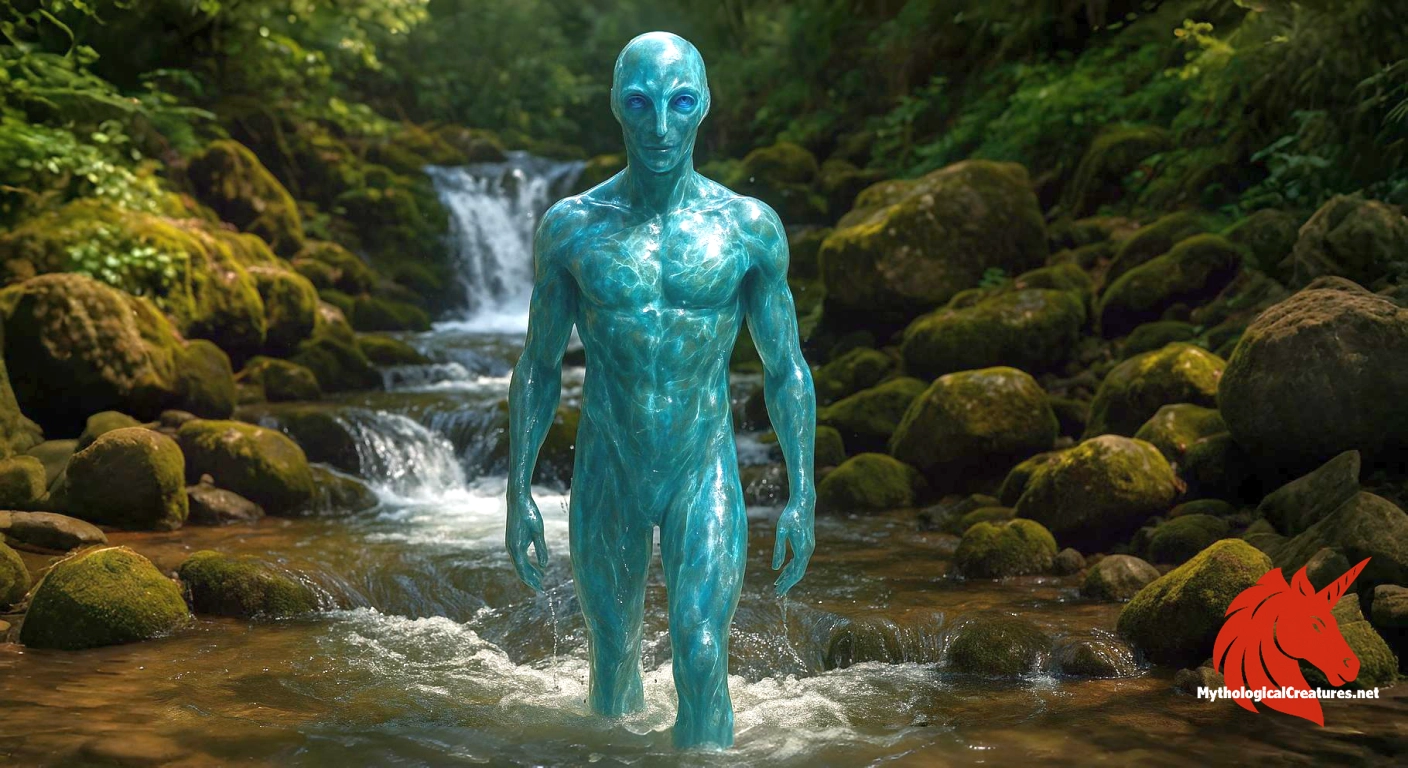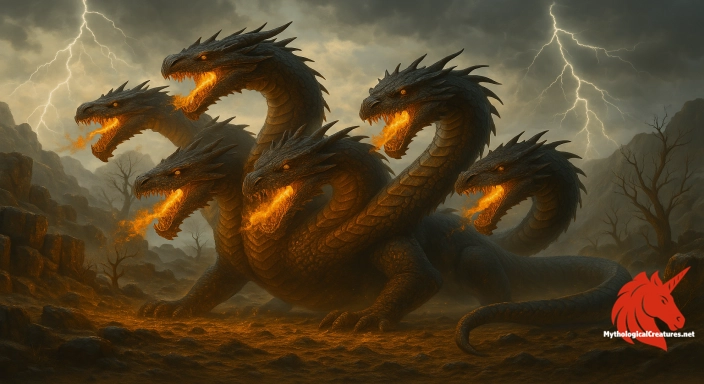Aban: Aban, derived from the Avestan term Apas and Middle Persian Āb, represents the sacred waters in ancient Iranian mythology.

Aban
Aban - Aban represents the sacred, cleansing, and life-sustaining properties of water, which are vital to both nature and spiritual practice in ancient Iranian traditions.
Origins & First Encounters
Aban is revered as the sacred embodiment of water in ancient Iranian religious traditions. Her origins trace back to early Avestan texts where the term 'apas' encapsulated the manifold aspects of water. Emerging from a synthesis of myth and ritual, Aban represents a dynamic force that nourishes both the body and the soul. Early attestations in the Avesta underline her pivotal role as a life‐affirming element in the cosmos. Her presence in these texts symbolises purity, renewal, and the essence of creation. The evolution of her name into the Middle Persian form 'abān' marks a continuous reverence that spans centuries. Throughout various epochs, she has been celebrated in ceremonies that honour water’s capacity to heal and sustain life. In this way, Aban serves as a bridge between the natural world and the divine. Her mythic aura enriches both communal rituals and individual spiritual quests. The enduring admiration for Aban highlights water’s timeless role as a creative and essential force in human culture.
Source Texts & Tale Variants
The primary attestations of Aban are rooted in the sacred Avesta, where the waters are portrayed as divine and multifaceted. Ancient texts such as the Bundahishn and the Denkard provide further insight into her cosmic role and symbolic presence. Multiple narrative strands in these writings emphasise her ability to purify and regenerate life. In later Middle Persian literature, the evolved form 'abān' adds layers of meaning, intertwining ritualistic practice with mythic symbolism. Diverse versions of her story present her as both a nurturing presence and a transformative power within the natural world. Poetic hymns evoke the beauty and vitality of water through allegorical language that celebrates her essence. Fragmentary narratives from different periods contribute to a mosaic of interpretations that reaffirm her significance. Elements of transformation and rebirth recur across texts, underscoring water’s integral role in creation myths. The continuous reinterpretation of her character reflects her adaptability to shifting cultural contexts. These sources collectively weave a rich tapestry of myth that underscores the eternal and transformative powers of water.
Form & Powers
Aban is often envisaged as a radiant figure whose form shimmers with the luminescence of clear water. Her appearance is depicted as fluid and graceful, capturing the dynamic movement of a gentle stream. Descriptions often attribute to her a translucent complexion that mirrors the varying shades of blue, turquoise, and silver. In artistic depictions, her garments ripple like the surface of a tranquil lake or the cascade of a waterfall. Variations in her portrayal reveal a dual nature, simultaneously manifesting as a tangible humanlike presence and an abstract, formless essence. Her eyes, deep and reflective, are said to hold the mysteries of ancient oceans. The imagery surrounding her is enhanced by intricate patterns reminiscent of subtle waves and ripples. Each visual interpretation aims to capture both her serene beauty and the formidable energy inherent in water. The interplay of light and movement in her depictions brings forth a sense of eternal fluidity. Overall, her physical characterisation is imbued with both tangible allure and an elusive, divine quality.
Regional Faces
Across the diverse regions of ancient Iran and its neighbouring cultures, Aban is celebrated through a rich tapestry of local traditions. In many rural communities, natural springs, rivers, and lakes are regarded as earthly manifestations of her divine presence. Local cults often portray her as a benevolent guardian whose blessings ensure fertility and abundance. Regional stories give her a dual character, sometimes portraying a nurturing maternal figure and at others, an inscrutable elemental force. In areas near the Caspian Sea and among the communities of the Zagros Mountains, her healing attributes are particularly emphasised. The fusion of indigenous beliefs with structured Zoroastrian cosmology has given rise to uniquely local epithets and rituals related to water worship. Annual festivals and ceremonial observances regularly call upon her name to invoke blessings during times of drought. Artistic representations in different provinces incorporate distinct local motifs, from intricate silver jewellery to elaborate murals. Community legends recount miraculous rejuvenations of withering water sources as acts of her intervention. Thus, regional variations of Aban testify to a widespread reverence that bridges local identity with pan-Iranian spirituality.
Cultural Parallels
Comparative studies reveal that Aban shares many thematic elements with water deities across multiple mythological traditions. Her role as a symbol of life, purity, and regeneration finds echoes in Vedic traditions where Varuna governs the waters. Similar motifs emerge in Greek mythology where oceanic figures and nymphs are celebrated for their vital and transformative qualities. While Poseidon and other Greek deities preside over the sea’s vastness, Aban’s narrative is more intimately linked with the nurturing aspects of water. The motifs of cleansing, rebirth, and cosmic balance unite her with various ancient water cults from Mesopotamia and beyond. Cross-cultural parallels also exist in the reverence for water as both a creative and a destructive force. The subtle interplay of nurturing warmth and formidable power in her story is mirrored in numerous Indo-European mythologies. These analogues, though diverse in their symbolic details, collectively underline humanity's enduring connection to water. The comparisons highlight both shared heritage and unique cultural adaptations. In this light, Aban becomes a point of convergence in the global mythological panorama surrounding the elemental power of water.
Legacy & Modern Evolution
The portrayal of Aban has undergone a significant transformation from an abstract elemental principle to a personified deity revered in ritual practice. In antiquity, she was celebrated through elaborate ceremonies that honoured water’s purity and life-giving capacity. Artistic representations evolved notably during the Sassanian era, adopting more anthropomorphic and symbolic imagery. As Zoroastrian communities faced cultural and political changes, her myth was reinterpreted to resonate with new religious sensibilities. Today, sacred rituals and communal observances in modern Zoroastrian practice continue to invoke her name as a symbol of renewal. Neo-pagan movements and environmental advocates also celebrate Aban, viewing her as an enduring emblem of nature’s benevolent power. Modern art and literature frequently reimagine her, merging ancient iconography with contemporary ecological themes. This evolution highlights a dynamic tradition in which sacred myths adapt to the times. Her legacy as a guardian of water and purity remains a potent symbol of the eternal bond between humanity and the natural world. In this way, Aban continues to inspire both spiritual reflection and the modern environmental consciousness.
Interesting Fact
An intriguing aspect of Aban is that it is not a singular deity but a manifestation of the innumerable states of water, reflecting both its boundless creativity and its essential role in life and purity.
Quick Creature Info
Origin:
Features:
Associations:
Our Mythic Legendary Rating:

Also Sometimes Known As:
Habitat:
Supernatural Powers:
Physical Attributes:
Abilities:
Behavior:
Lore:
References
Discover Another Mythical Legend You May Not Have Heard Of?
Uncover the mysteries of ancient folklore and expand your knowledge of legendary beings from cultures around the world.
Dare to Meet the Stihi....
Mythical Disclaimer: The images and data on this site are derived from various historical and literary sources, but we have found that many myths often have multiple versions and interpretations across references, sometimes contradictory. As a result, these creature depictions are artistic interpretations—imaginative blends of folklore, legend, and a dash of AI guesswork. Because creature descriptions vary widely, our illustrations and accompanying information represent our best effort to honor mythology while bridging creative gaps. Enjoy these interpretations—just remember, we've done our best to respect the stories and validate available data, but in the realm of mythology, details often shift, imagination leads the way, and nothing is ever set in stone!
Curated by the Mythological Creatures Team (rev. May 2025)
